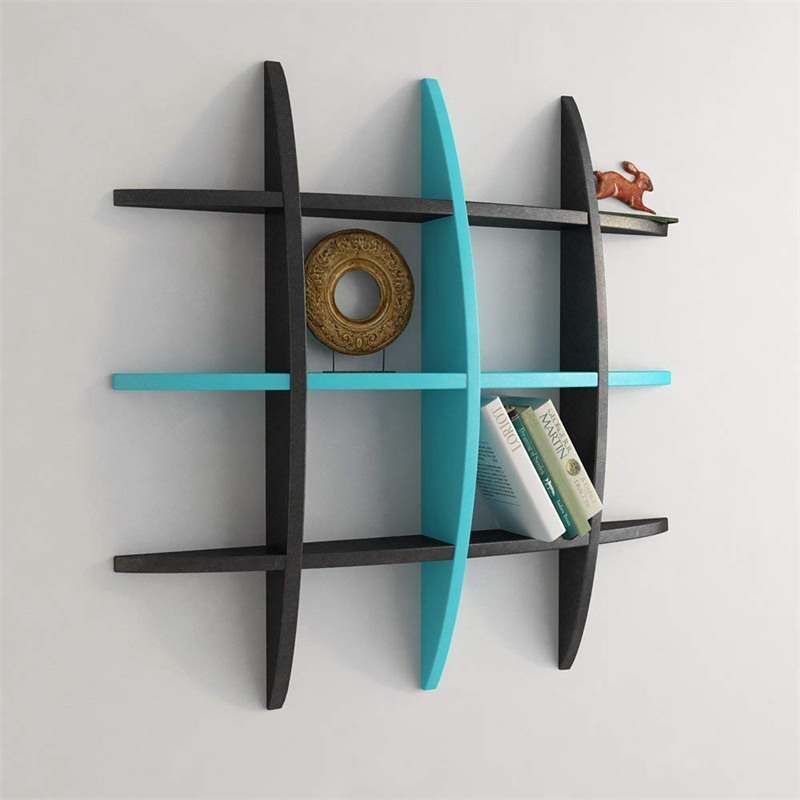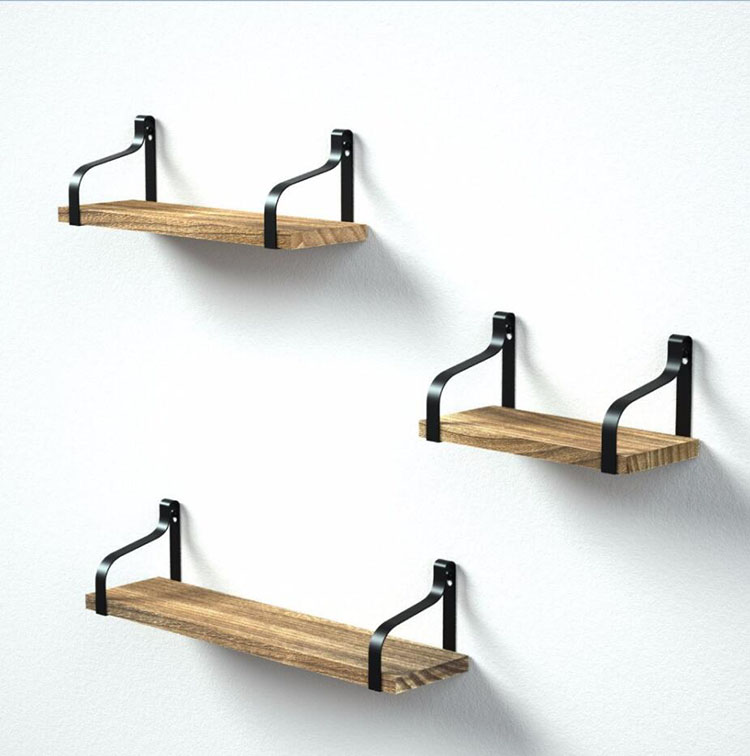Ink-jet printing is a topic that printers are currently concerned about. It is a kind of digital printing. Using digital data to store images, it can change its output content before output, so it High speed, small amount of copy, easy combination, variable information printing, low pollution, etc. Inkjet printing has expanded the connotation of traditional printing in terms of the printing format, the diversification of ink and printing media, and now has formed a digital inkjet printing, digital proofing, digital inkjet market and so on.
Inkjet printing is a contactless, pressureless, and non-printing printing technology. The earliest development was in 1878. By 1951, Siemens patented the technology of converting liquid ink into ink droplets. There were problems and the results were poor. It was not until 1960 that it officially entered the practical stage. With the continuous development and progress of technology and the continuous expansion of the market, according to the forecast of the United States ITStrategies Company, by 2009, the total revenue of the global inkjet market (including hardware, inkjet printing media and ink) will exceed 57 billion US dollars.
The color performance and high image quality of inkjet printing have satisfied most consumers, but the time for printing is still too slow, and the requirements for paper are also high. Although there are many special inkjet papers on the market, However, the prices are high, and it is difficult for general families and student populations to use them universally. Therefore, inkjet technology can be widely applied to various types of paper. This is the most pressing technology that needs to be developed now, if the special paper for special materials is to be used for parity It is not easy, so developing a new ink composition is a straightforward and effective method.
The ink used for ink-jet printing is a special-purpose ink with a moderate viscosity, and is non-toxic, stable, does not clog the nozzle, has good moisture retention, good jetting properties, and does not corrode the metal components of the head. At present, ink-jet inks are mostly dye-based inks. The ink of the ink-jet printer must have sufficient surface tension to prevent the ink from spattering when ejected. In addition, the ink must be fast-drying to prevent haziness on the paper. Therefore, the ink itself is also one of the factors that affect the print quality. The choice of suitable ink when printing, adjusting the printing parameters in order to get a satisfactory print.
First, the composition of inkjet inks, types
Ink is a very important part of inkjet printing. The development of inkjet ink also explains the development of inkjet printing technology to a certain extent, because ink not only determines the quality of inkjet images, but also determines the ink droplets. Shape and reliability of the printing system. Inkjet inks generally consist of colorants, binders, and additives. The ink binder can be water, oily materials, solvents, resins, etc. It determines the dynamic properties of the ink distribution; in inkjet inks, the binders account for 40%-90%. The colorant plays a role of color development in the ink, generally accounting for 1%-10%. The rest is called additive, which is mainly used to improve the ink viscosity, adhesion strength, thermal stability, light resistance and surface tension.
In general, there are many types of ink used in the inkjet printing process, and there are many classification methods. At present, inks can generally be classified according to their different aspects. In general, inks are classified into water-based inks, oil-based inks, solvent-based inks, and thermosetting inks according to different linking materials.
Water-based ink
It is commonly used on apertured and non-coated substrates such as paperboard and paper, and is often used most often in the direct mail product printing and other commercial printing markets. Can also be divided into pigment type and dye type, because the pigment is insoluble in water, it will precipitate, so the pigment particles to be ground very small, to be less than 30μm, will have a better spray printing effect, or use high resolution Can cause obstruction. The pigment's weather resistance, lightfastness, wash fastness, and fastness are all very good. The advantage of the dye is that there is no problem in solubility, and there are many types of colors, and the brightness is good, but the fastness is poor.
2. Oil-based ink
It is best suited for printing on perforated materials because it is dried by absorption. They are formulated with vegetable oils or mineral oils, which are particularly useful in the field of cardboard packaging; they are not suitable for use in closed office spaces because Produce air pollution.
The colorants used can be divided into two types: pigment type and dye type. Oil-soluble type inks are characterized by fast drying, so they are more commonly used in the industry.
3. Solvent-based ink
The use of a wide range, from sign printing to barcode printing to outdoor advertising, the use of this ink, high economic efficiency, quick drying, can be printed on a variety of materials, especially for non-coated materials, such as vinyl, wire mesh , glass, paper, etc.
4.UV/EB thermosetting ink
The ink is suitable for printing on a variety of soft and rigid substrates such as corrugated paperboard and metal foil. UV/EB inks cure faster under UV light and have stronger durability. Ideal for DOD applications such as retail display advertising, calling cards, credit cards and frequently used shopping cards.
In addition to the classification of the connection materials, in practice, there are some other classification methods: According to the color materials, divided into organic dye inks, polymeric dye inks and pigment inks; if used according to the ink The different drying mechanisms can be divided into volatile inks and polymeric inks. Aqueous and non-aqueous inks use water or other solvents as the binder. Drying is accomplished by the penetration and absorption of the ink by the substrate. If ordinary copy paper or flat paper is used, the ink and its binder are absorbed together by the substrate. This absorption will reduce the color density and sharpness of the print. Thermosetting ink means that the ink is a solid at room temperature. When it is ejected from a nozzle, it is a hot melt liquid and rapidly solidifies when it reaches the surface of the substrate. This rapid solidification feature prevents the ink from spreading or penetrating into the interior of the substrate. , ensure the printing quality.
Second, choose the right ink
1. Ink supplied by ink jet digital printer manufacturers
In the actual production process, producers generally choose the ink provided by ink jet equipment providers. In fact, this has both advantages and disadvantages. Of course, different digital printing opportunities use different technical methods such as continuous inkjet (CIJ) and drop-on-demand (DOD). The two inks are not interchangeable, because the two technologies are completely different. The CIJ technology refers to the continuous generation of ink droplets to form an ink droplet stream, which is imaged through a deflection plate; and DOD technology, which is a digital signal generated on demand. Some ink droplets, rather than an ink stream, change the ink at will, causing ink mess. Therefore, in the production, the premise of the maximum effect of the printing press is to have a full understanding of the ink used, which needs to consider the impact of a variety of factors.
2. Selection of printing media and ink
For inkjet printing, how to control the printing effect on different printing media, it is necessary to analyze the properties of the substrate. Taking paper as an example, due to the thermodynamic interaction between paper and ink, the capillary action of the paper, and the spread of the ink chemical composition, etc., the absorption of ink components by the paper is caused, that is, the ink penetration. Among them, the capillary action of paper is the main cause of ink penetration. Because the paper itself is a porous water-permeable structure, the ink is easily diffused inside the paper. With the increasing development of the paper surface coating process, the different distribution of the ink inside the paper leads to different ink penetration effects. Therefore, the paper for inkjet printing requires paper with a smooth surface and a certain degree of sizing. The sprayed ink evaporates and dries. The ink dots are circular, and the printed characters are clear and the graphics are beautiful. Color inkjet printing paper, preferably with a thin layer of transparent coating on the surface, can absorb ink quickly and avoid light scattering.
Inkjet inks can be printed on a variety of substrates, which is a big advantage, such as fiber, wallpaper, glass, plastic, metal foil and plastic film, and of course, on various types of paper. Knowing which type of ink-jet technology is suitable is just one aspect of the problem. Also, is the substrate material coated or uncoated? Is the substrate material porous or non-porous? Printing materials absorb water or not absorb water? How is the effect of ink on the surface of the substrate? All these will be related to the formulation of print job plans, increase production efficiency, and ultimately improve the return on investment.
A floating shelf is a form of shelf with its wall fixings hidden within the shelf board, with no visible supporting brackets. It can be supported on hidden rods or bars that have been attached to studs. A thick floating shelf may be made of a hollow-core shelf glued to a cleat.

A floating shelf may have two or more channels open from the back towards, but without reaching, the front, into which slide fasteners attached to the wall, typically held in place by screws inserted through the bottom of the shelf.
For typical floating shelf supports, a supplier suggests that floating brackets with a diameter of 12mm can support a shelf at least 22mm thick loaded with 20kg, and 18mm brackets can support 30kg on a 28mm shelf.

This description is in reference to one particular type of floating shelf support, others options are available. Also not to be confused with corner shelves, which would require entirely different supports to make them "float".
Floating shelves are a good fit for a contemporary minimalist style interior.They can be used to expand storage space, atop a radiator to double as storage, or inside a hallway to double as a console table.
Wall Shelf,Wood Floating Shelves,Bathroom Wall Shelves,Decorative Wall Shelves
Jinan Tri-Tiger Technology Development Co., Ltd , https://www.jinanfurniture.com